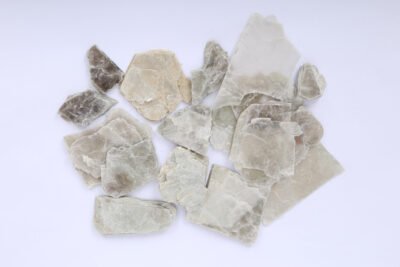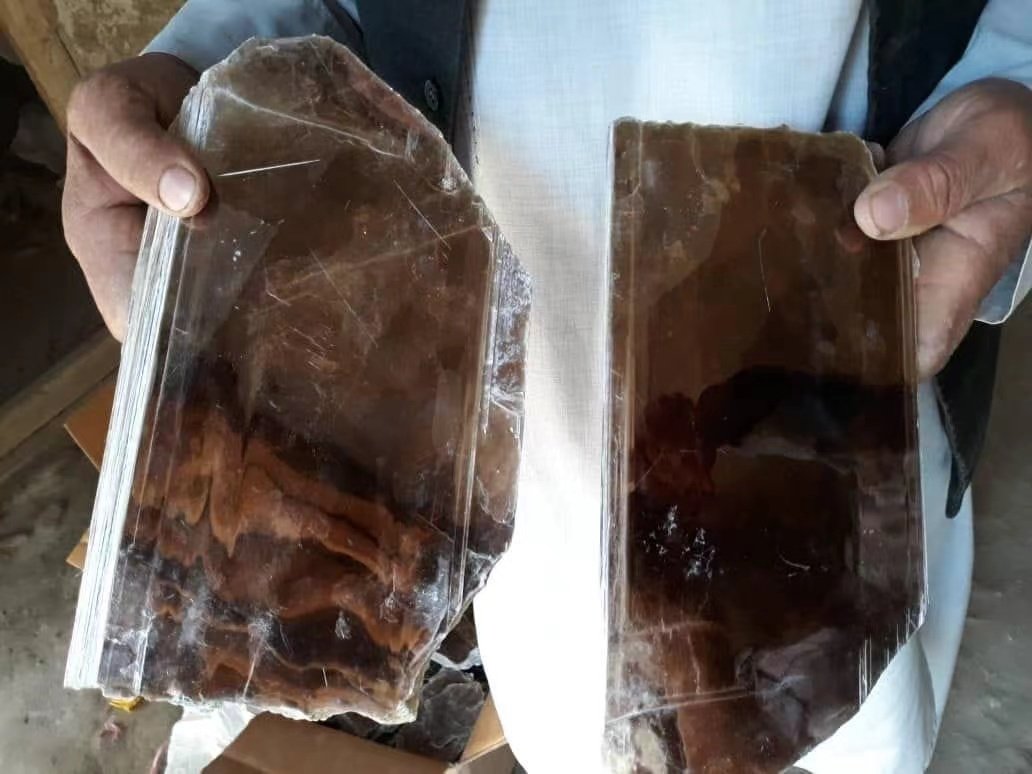Mica is a naturally occurring mineral that has been valued for centuries due to its unique properties and versatility. This mineral has become an integral part of various industries, ranging from electronics to construction and even cosmetics. Understanding the current mica mineral price and its broad array of uses will help businesses and consumers alike make informed decisions.
In this comprehensive guide, we will cover mica mineral prices, its different uses, types of mica, and answer common FAQs. Additionally, we’ll provide a comparison table at the end to highlight the different types of mica products and their applications.

Comparison Table: Types of Mica Products and Their Uses
| Product | Description | Primary Uses | Price Range |
|---|---|---|---|
| Natural Mica | Raw mica extracted from mines in Pakistan and India | Insulation, electrical components | $300-$800 per ton |
| Mica Paper | Processed mica in thin sheets | Dielectrics, high-voltage insulation | $15-$50 per kg |
| Gauge Glass Mica | High-end mica for thermal applications | Furnace windows, high-temperature insulation | $500-$1,500 per ton |
| Mica Transistor | Specialized mica for transistor production | Electronics, semiconductors | Varies by order size |
| Cosmetic Mica | Mica flakes used in makeup and personal care products | Shimmering effect in cosmetics | $20-$70 per kg |
| Mica for Plastics | Filler material to improve plastic properties | Durability, shrinkage reduction in plastics | $200-$600 per ton |
What is Mica?

Mica is a group of silicate minerals that can be split into thin sheets, making it highly valuable for insulation and other industrial uses. It is known for its excellent electrical insulation properties, heat resistance, and flexibility. Mica minerals are found in various geological formations, primarily in countries such as China, Pakistan, India, Africa, and Afghanistan. AUKI MICA is a notable supplier of high-quality mica products, sourcing directly from these regions.
Types of Mica
Mica is generally categorized into two main types:
- Natural Mica: Extracted directly from the earth, it undergoes sorting and refinement to be used in different industries.
- Synthetic Mica: Manufactured in labs to replicate the properties of natural mica but with enhanced purity and consistency.
AUKI MICA offers a range of mica products, such as mica paper, gauge glass mica, mica transistor materials, and more.
Mica Mineral Prices in 2024
The price of mica can vary depending on its type, quality, and market conditions. As of 2024, prices can be summarized as follows:
- Natural Mica: Priced around $300 to $800 per ton depending on quality and source.
- Mica Paper: Processed and refined, typically priced between $15 to $50 per kilogram.
- High-end Gauge Glass Mica: Can range from $500 to $1,500 per ton depending on thickness and purity.
Mica sourced from premium mines in regions like Pakistan, Afghanistan, Africa, and India typically commands higher prices due to the superior quality of the mineral.
Key Uses of Mica
Mica’s unique properties make it useful across a range of industries. Here are some of the most important applications:
1. Electrical and Electronic Applications
- Insulation: Mica’s electrical insulation properties make it indispensable in electronics, where it is used to insulate circuits and wires.
- Transistor Production: Mica Transistor materials are used in the creation of transistors, helping maintain efficiency and durability in electrical devices.
2. Heat Resistance
- Gauge Glass Mica: This type of mica is used in high-temperature applications such as furnace windows, boiler sight glasses, and other heat-resistant installations.
3. Construction Industry
- Fireproofing: Due to its excellent heat resistance, mica is used in fireproofing materials in construction, offering protection against high temperatures.
- Cement Additives: Mica can improve the water resistance and workability of cement when used as an additive.
4. Cosmetic Industry
- Shimmer and Shine: Mica is commonly used in cosmetic products such as eyeshadows, lipsticks, and highlighters to give them a shiny, glittery finish.
5. Automotive Industry
- Paints and Coatings: Mica’s reflective qualities make it a popular choice in automotive paints, offering a glossy and polished appearance.
6. Plastics and Rubber
- Filler Material: Mica is used as a filler in plastics and rubber to improve mechanical properties, enhance durability, and reduce shrinkage.
7. Paper Industry
- Mica Paper: Used as a dielectric in high-voltage electrical applications due to its excellent insulation properties.
8. Aerospace Industry
- Thermal Barriers: Mica is used in the aerospace industry to create thermal barriers in spacecraft and other high-performance environments where temperature control is critical.
9. Decorative Applications
- Wall Paint and Wallpapers: Mica is used in specialty paints and wallpapers for its reflective, glittery properties that enhance aesthetics.
10. Oil and Gas Industry
- Drilling Mud Additives: Mica is added to drilling fluids to prevent the loss of circulation in oil drilling operations, as it helps seal porous formations.
Mica’s Role in the Future of Industry
With the continuous growth in demand for electronic devices, renewable energy projects, and advanced construction materials, mica’s significance is only expected to increase. As a high-end mica sheets insulating materials supplier, AUKI MICA is well-positioned to meet the growing needs of various industries worldwide.
Mica’s Sustainability
One of the advantages of mica is that it is a naturally occurring mineral that can be sourced in an environmentally friendly manner. Responsible mining and processing practices, such as those employed by AUKI MICA, ensure that the environmental impact is minimized while providing high-quality mica products for global markets.
FAQs about Mica
1. What is the primary difference between natural mica and synthetic mica?
Natural mica is mined directly from the earth, while synthetic mica is created in laboratories to mimic the properties of natural mica. Synthetic mica tends to have higher purity and is often used in cosmetic and high-end electronic applications.
2. Is mica safe to use in cosmetics?
Yes, mica is considered safe for use in cosmetics. It is commonly used in products such as eyeshadows, lipsticks, and highlighters to give them a shimmering effect. AUKI MICA ensures that their cosmetic-grade mica is processed to meet safety standards.
3. How is mica mined?
Mica is typically extracted through either underground or open-pit mining. In countries like Pakistan and India, manual labor is often used to extract the mineral from mica-rich rock formations. After extraction, the mica is sorted and processed to meet industry-specific requirements.
FInal Toughts
Mica is a highly versatile mineral with applications in almost every major industry. Its unique properties such as heat resistance, electrical insulation, and aesthetic appeal make it a crucial component in everything from electronic devices to cosmetics and construction materials. AUKI MICA, with its vast resources and advanced manufacturing capabilities, continues to play a pivotal role in supplying high-quality mica products to global markets.
If you’re looking for custom mica solutions, AUKI MICA provides a wide range of products, including mica paper, natural mica, gauge glass mica, and specialized mica transistor materials. Whether you’re in the electronics industry, construction, or cosmetics, understanding mica’s role and cost will help you make better purchasing decisions.
Mica’s bright future in industries like electronics, renewable energy, and construction ensures that it will remain a valuable resource in the years to come. As the demand for efficient and sustainable materials grows, so too will the importance of mica in the global market.

